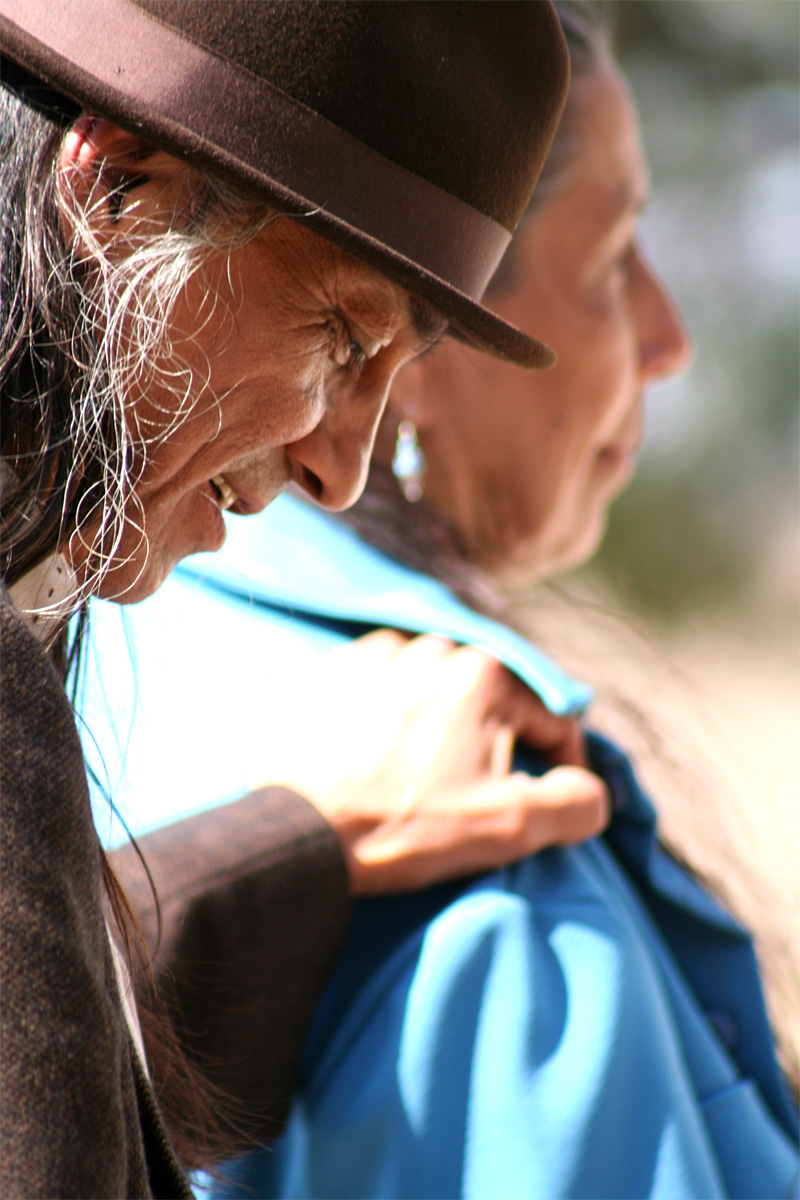Sprung out of the hospital by his ex-girlfriend, Frankie (Richard Ray Whitman) is clearly dying. That he is an Indian dying in Indian country makes his homeward journey inherently symbolic. A couple of old-timers are driving an old Volvo wagon to a certain funeral, and the old ways may be dying, too. Barking Water is hardly a cheerful representation of Native America (specifically, Oklahoma). And yet writer/director Sterlin Harjo is a Seminole-Creek Indian, and he refuses to detour the trip into sentimentality or pathos. Frankie and Irene (Casey Camp-Horinek) were never married, and there are suggestions he may’ve been a bastard to her. But happier memories—seen in flashbacks faded like Polaroids—keep them going. They visit a few family members, including a pair of “Yo, wassup” reservation homies, but mainly Harjo lets the landscape steer the story. Road dust and sun-flared car windows, wind moving through yellowed prairie, empty branches clawing the shuddering sky—these hints of autumn abound. Much of the movie consists of road-trip montage (set to native songs and indie rock). The mood is melancholy, but not quite regretful. They’re drivin’, not cryin’. “I finally feel like I’m figuring it out,” says Frankie. “And, damn, I’m out the door.” It’s not a complaint or epiphany, just another observation as the miles click past. (Note: Harjo will attend this weekend’s screenings.)
Barking Water: Death Without Tears in Indian Country








